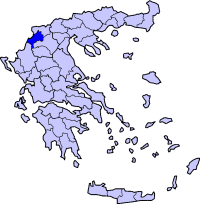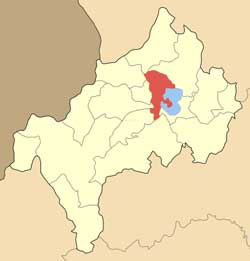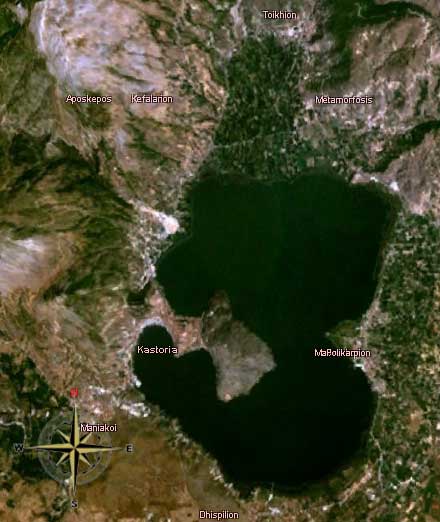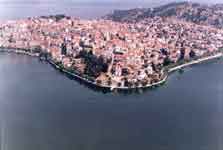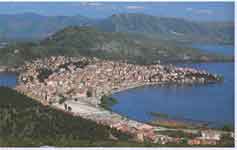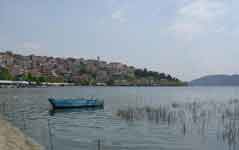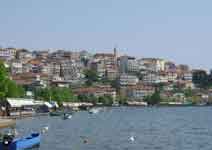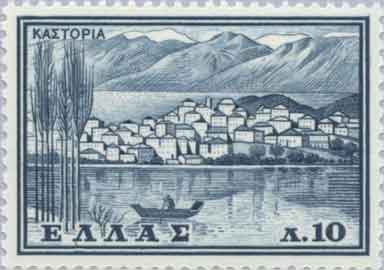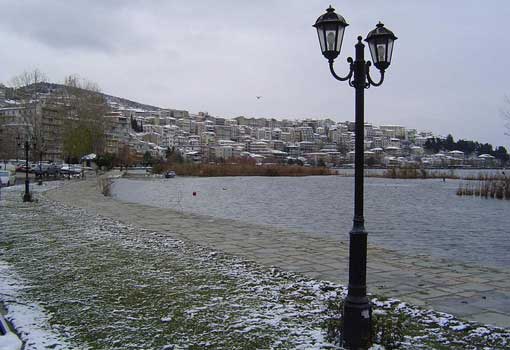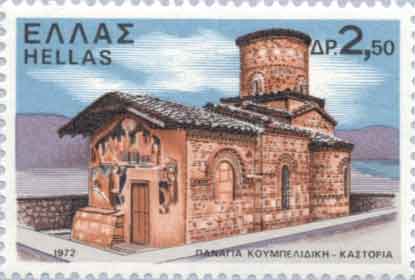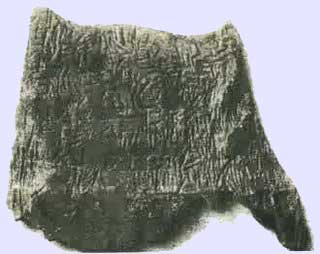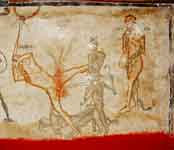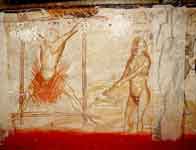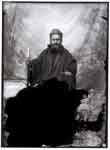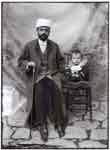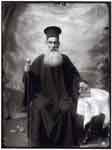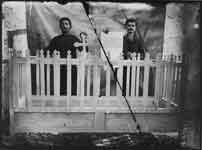- Kastoria Byzantine Museum - Website
- Kastoria Folklore Museum Website
- Pavlos Melas Museum, Kastoria
|
|
Periphery: West Macedonia
Kastoria , Satellite Images, Greece Kastoriá (Greek: , South Slavic languages: Костур, Kostur) is a city in northern Greece. It is the capital of Kastoriá Prefecture, located at 40° 31′00″N, 21° 16′00″E. The town's populationwas 14.813 (2001 census). It is situated on a promontory on the western shore of Lake Orestiádha, in a valley surrounded by limestone mountains.
The Municipality of Kastoria (Population 16128 in the year 2001 ) is divided in
Lake from Google Earth
Panagia Koumpelidiki History
Dispilio is a village of the Makednos municipality. A neolithic settlement is in the region among the objects found there is the Dispilio Tablet. The Dispilio Tablet is a wooden tablet bearing inscribed symbols dated between 7260 BC and 5250 BC.; the table was discovered in Dispilio Lake settlement by George Chourmouziadis. Kastoriá is believed to have had ancient origins; it has been identified with the ancient town of Celetrum, which the Romans captured in 200 BC. The Byzantine historian Procopius records that it was later renamed Justinianopolis. The town's strategic position led to it being contested between the Byzantine Empire and the Despotate of Epirus during the 12th century, and it fell into Serbian hands between 1331 and 1380. Around 1385, the Ottoman Empire seized Kastoriá during its progressive conquest of Greece. It remained in Turkish hands until the First Balkan War of 1912, when it returned to Greek hands. During both World War II and the Greek Civil War, the town was repeatedly fought over and heavily damaged in the process. It was nearly captured by the Communist ELAS movement in 1948, and the final battles of the civil war took place on the nearby Mount Gránmos. Economy Kastoriá is renowned for its fur trade, which dominates the local economy. Indeed, the town is named for one of the former staples of the trade – the European beaver (kastóri in Greek), now extinct in the area. Trading in mink fur now predominates. Other industries include the sale and distribution of locally grown produce, particularly wheat, wine and fish. The town's airport is named Aristotelis Airport. Sights of interest Kastoriá is an important religious centre for the Greek Orthodox Church and is the seat of a metropolitan bishop. It originally had 72 Byzantine and medieval churches, of which 54 have survived. Some of these have been restored and provide a useful insight into Greek Orthodox styles of architecture and fresco painting
Sites of Interest
Transportation * GR-15, S, Cen., NE * GR-20/E90, S, only passes through Eptachori
Persons Sports Teams Football/soccer teams * Kastoria FC Links
Retrieved from "http://en.wikipedia.org"
 |
|
|||||||||||||||||||||||||||||
